י״ח אב ה׳תשפ״ד | August 21, 2024
Rural Arizona Is the Latest Roving Shlichus
With most significantly sized cities covered by Chabad Houses, new shluchim turn to reaching Jews spread out in the countryside. Rabbi Yaakov and Tiferes Cahnman and their children spend most of their time on the road reaching Yidden located across rural Arizona.
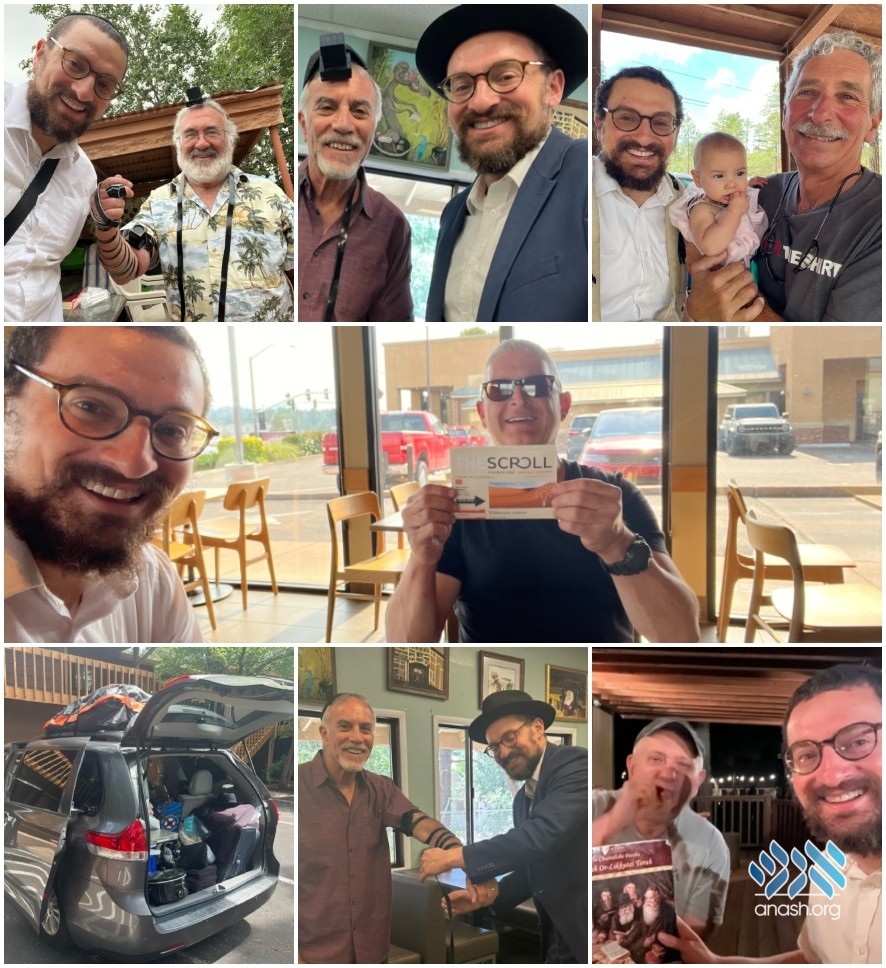
With most significantly sized cities covered by Chabad Houses, new shluchim turn to reaching Jews spread out in the countryside. Rabbi Yaakov and Tiferes Cahnman and their children spend most of their time on the road reaching Yidden located across rural Arizona.
By Anash.org reporter
Since the Rebbe’s call for shlichus until recently, Chabad Houses were shuls and homes stationed in a chosen geographical location with shluchim investing efforts to bring Jews through the door. However in recent years, with most significantly sized cities already covered by Chabad Houses, new shluchim turn to reaching Jews spread out in the countryside.
In the vast expanses of rural Arizona, Rabbi Yaakov and Tiferes Cahnman and their family travel around Arizona’s remote mountains reaching out to any Jewish residents and tourists living in or visiting the area.
Up until recently, the Yidden in rural Arizona were visited by bochurim on Merkos Shlichus over the summers, but now they finally have a rabbi to call their own. The first area to get a shliach whose official job was a ‘roving Rabbi’, was the Australian outback, years ago. Since then, the idea has been replicated in Georgia, then Texas, and now Arizona.
“Traveling long distances just to help a fellow Jew has been the hallmark of the Chabad movement for decades,” said Rabbi Zalman Levertov, the head shliach in Arizona who was instrumental in bringing out the Cahnmans told Chabad.org. “No Jew should be left behind. That’s our philosophy. We should reach out to every Jew everywhere.”
The Cahnmans have made Scottsdale their home base, and from there they take trips traveling to the rural areas in the Rim Country and White Mountains regions for a few days at a time, meeting Yidden in remote locations. They have traveled to give out Matzos for Pesach and arranged a Purim party and Torah classes as well. (In addition to his shlichus, Rabbi Cahnman is the executive director of Project Likkutei Torah, a grassroots initiative to equip Jews from all walks of life with the resources to learn, live and love the Alter Rebbe’s fundamental collection of maamorim.)
The homes they are visiting are oftentimes so remote, that they rest on vast plots of land consisting of 30 to 50 acres. The views from these houses is panoramic. “You can see the horizon in all four directions,” Rabbi Cahnman explained. “It’s a very humbling experience. You can feel Hashem’s presence here.”
Using the media as a powerful tool to make their presence known and find more Yidden around the areas they travel to, Rabbi Cahnmans posts about their activities on social media and write a weekly column for the White Mountain newspaper. Many people will reach out after reading an article or seeing a post and are oftentimes surprised that they aren’t the only Yid in the area.
“For the first two years I lived here, I thought I was the only Jew in the entire White Mountain area,” said Suzanne Miles of Show Low, Northern Arizona. “Through Rabbi Yaakov, we found out that there are several Jewish people up here. So now, I don’t feel isolated, like I’m the only Jewish person here. It’s just made a world of difference.”
That led Suzanne to invite the rabbi to her house to put up Mezuzos and for her to reconnect to Yiddishkeit. The Cahnmans spent a few hours farbrenging with her and reawakening her pintele Yid, dusty under layers of desert sand.
Currently, the Cahnmans have a database of over 100 Yidden already and they are constantly contacted by more individuals and families. The word is slowly traveling over the mountains and valleys that Yiddishkeit is alive and well whether you live above a bagel shop in New York or on an isolated mountain ridge in the deserts of Northern Arizona.
At a recent event, about a dozen people attended, with some driving over 45 minutes to the meetup location. Bringing Kosher food to the event and setting up is a unique challenge, as there is no previous infrastructure available for miles around. They usually have to bring all the pots and pans and ingredients with them and cook up a feast from scratch in a new location.
Finding a support group among shluchos for this new and very unique shlichus is challenging, but not nonexistent. Mrs. Cahnman is on a group with nine other shluchos in similar positions and they strengthen each other and share ideas and strategies on how to deal with the new frontier they are pioneering.
“We feel we have a unique responsibility,” said Tiferes. “We want to show every Jew that they’re loved, and no matter what they’ve gone through, or how far they might be, they have a beautiful soul. Neither physical nor spiritual distance can diminish the essence and the holiness of every single soul.”
Last week Sunday, on a roving Rabbi excursion, the Cahnmans met up with Yidden from all over the White Mountains to converge at Show Low City Park to share in words of Torah, Tefillah, and Tzedaka, and bond over kosher bagels and lox.
“One fellow who didn’t even RSVP showed up and was very critical of our shlichus,” Rabbi Cahnman told Anash.org. ” He was asking questions like ‘What on earth are you doing out here?’ and ‘There are hardly any Jews here!’, but by the end, he got very emotional after everyone went around sharing what made them feel proud to be Jewish.
“When it got to his turn, he said “There are so many things that make me proud to be Jewish, I can write a whole book about it!” and then proceeded to sit down without saying any of them. That epitomizes the essence of the Jewish neshama.”
The Cahnmans then visited an elderly woman whose hypersensitivity makes it difficult for her to live near urban centers. She enjoyed the weekly Torah pamphlet so much that she requested to have it mailed to her home every week. They also gave out siddurim and resources people would need to celebrate the upcoming Yamim Nora’im without a shul nearby.
One of the necessities of being part of this new roving shlichus is always planning ahead, and setting people up with whatever you can to sustain them until the next time you can drop by. It is a challenging opportunity, but one so rewarding- all the more compounded by the overwhelming gratitude of the neshamos met along the way.
Follow the Cahnman’s journey at JewishRuralAZ.com

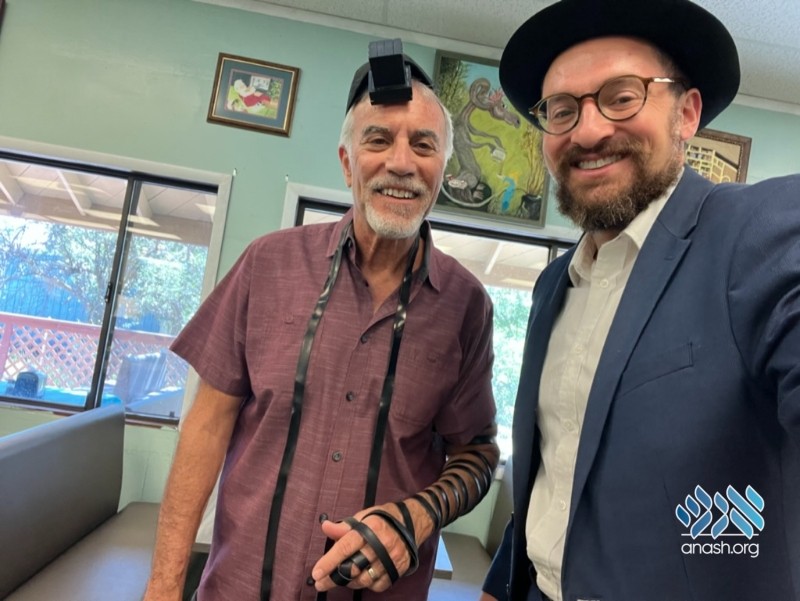
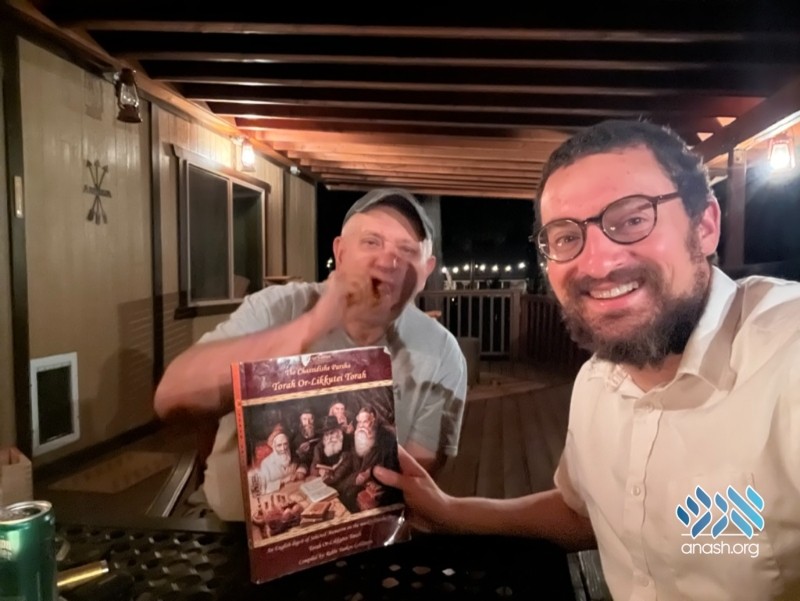
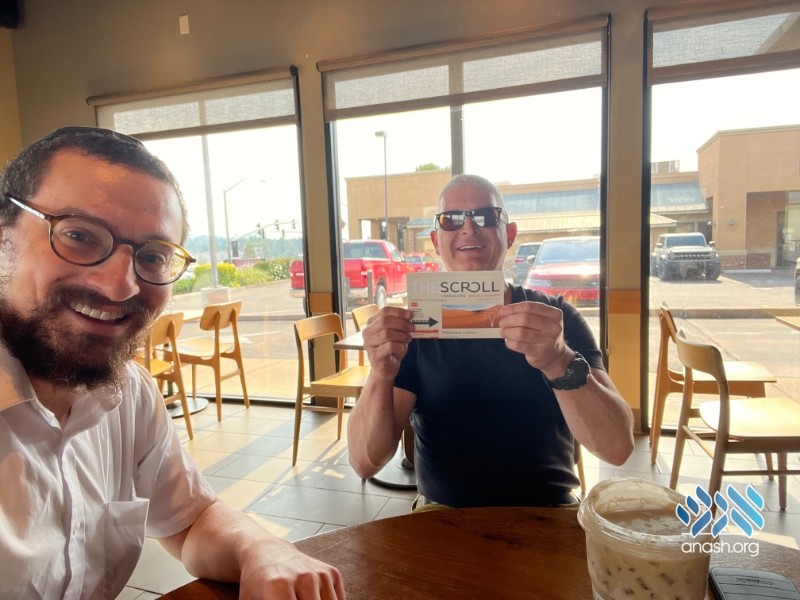
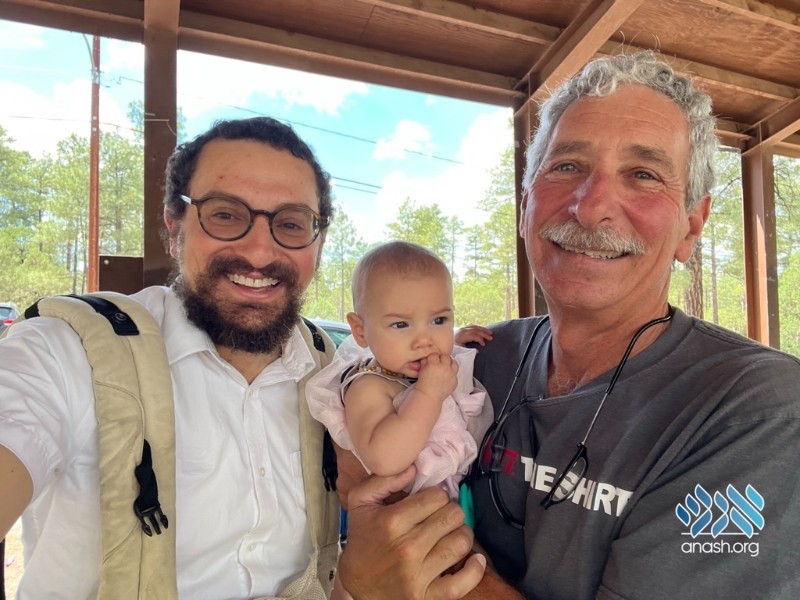
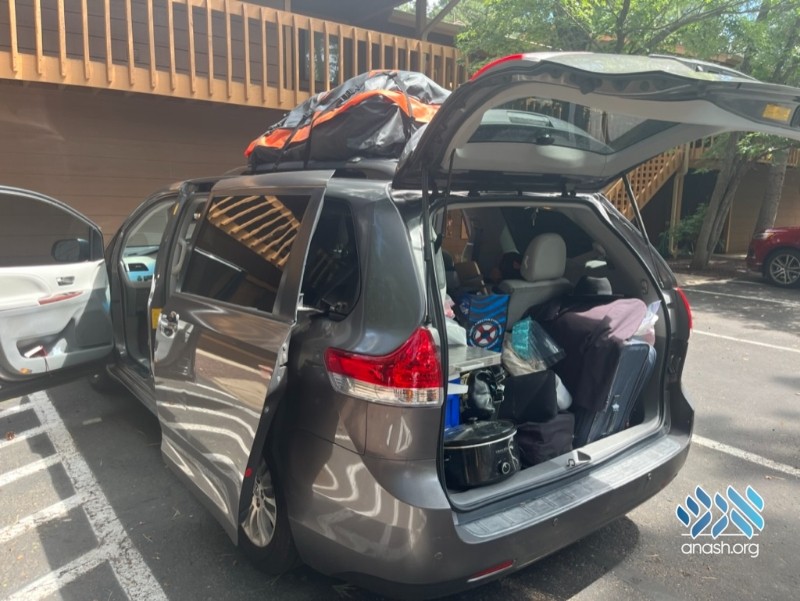


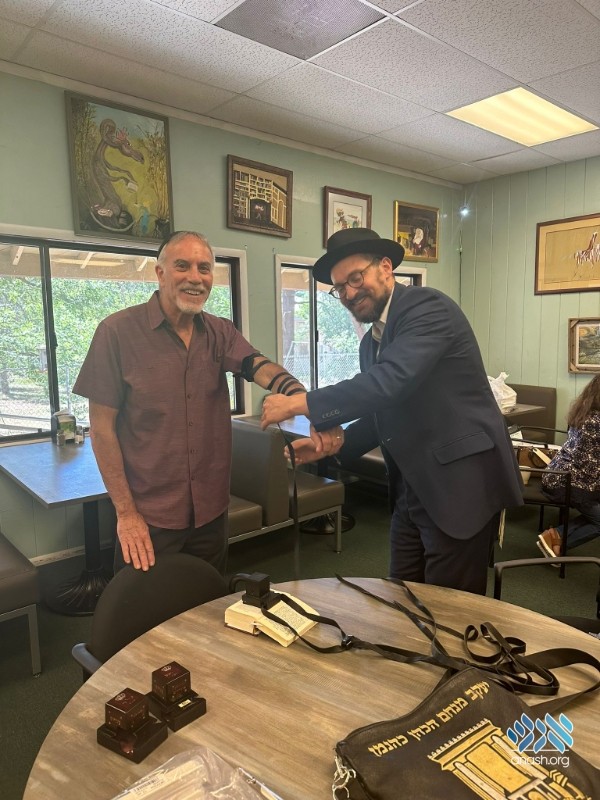
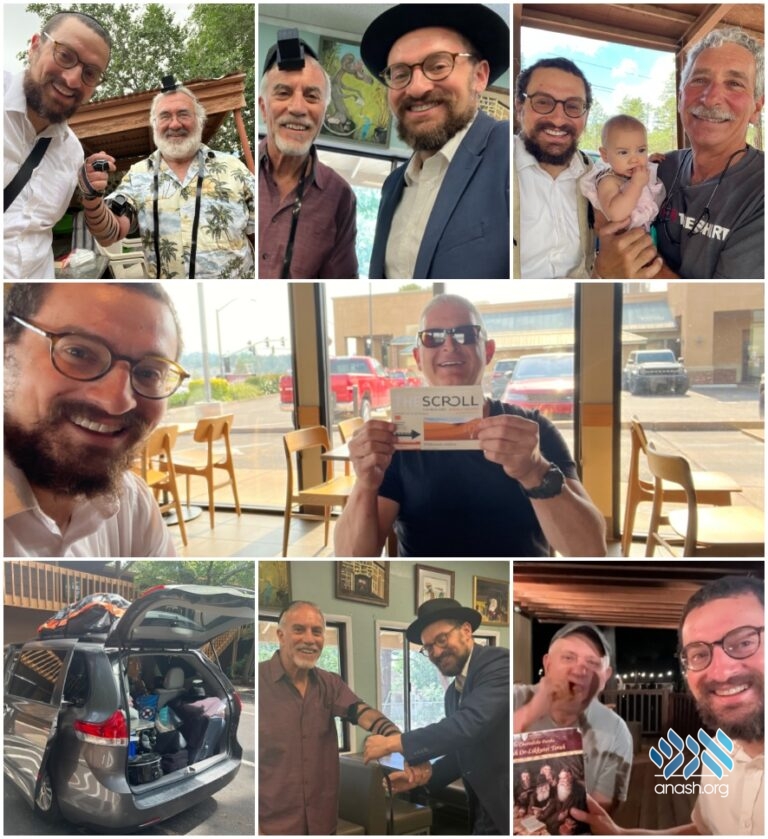
We appreciate your feedback. If you have any additional information to contribute to this article, it will be added below.